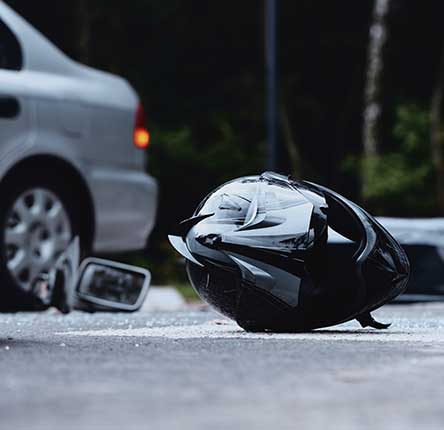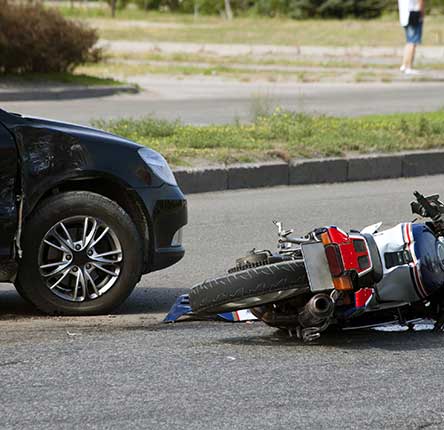Motorcycling offers a thrilling and liberating experience, but it comes with inherent risks. Among the many challenges motorcyclists face, navigating turns stands out as a particularly risky maneuver. Understanding the hazards associated with specific turns can help riders exercise caution and take proactive measures to enhance their safety on the road.
Blind Turns:
Blind turns, also known as blind curves, are among the riskiest turns for motorcyclists. These are bends in the road where the view of oncoming traffic or potential hazards is obstructed. When approaching blind turns, motorcyclists often have limited time to react to unexpected situations, such as a vehicle encroaching into their lane or an obstacle in the road. The absence of clear visibility makes blind turns a potential hotbed for collisions and accidents.
Hairpin Turns:
Hairpin turns are sharp bends with a very small turning radius, commonly found on mountainous or hilly roads. Negotiating hairpin turns requires precise control, balance, and advanced riding skills. The combination of a sudden change in direction and a steep gradient can cause inexperienced riders to lose control and tip over, resulting in serious injuries or even fatalities.
Intersections:
Intersections are common accident-prone areas for motorcyclists. When turning at intersections, riders face the risk of collisions with other vehicles that fail to yield the right-of-way or misjudge the motorcyclist’s speed and intentions. Distracted driving and red-light violations by other motorists further compound the risks at intersections, making it crucial for motorcyclists to exercise extreme caution.
Wet or Slippery Surfaces:
Turning on wet, icy, or oily road surfaces poses a significant risk to motorcyclists. These conditions reduce tire traction, making it easier to lose control during a turn. Hydroplaning and skidding are potential dangers that can lead to accidents and injuries. Special care and reduced speed are essential when navigating turns in adverse weather conditions.
Uneven Road Surfaces:
Riding on roads with potholes, bumps, or uneven pavement can destabilize a motorcycle, making it challenging to maintain control during turns. Uneven surfaces can cause a sudden jolt or loss of balance, posing the risk of the rider losing control and crashing.
Gravel Roads:
Gravel roads or loose gravel surfaces present another hazard for motorcyclists during turns. Gravel reduces tire grip, making it more likely for the bike to slide out or skid, especially at higher speeds.
High-Speed Turns:
Taking turns at high speeds is inherently dangerous and can lead to catastrophic accidents. High-speed turns require precise handling and can easily exceed the limits of the motorcycle’s traction, causing it to slide out or enter a low-side or high-side crash.
Riding a motorcycle is an exhilarating experience, but it demands a high level of skill, alertness, and respect for the inherent risks. Among the various challenges motorcyclists encounter on the road, navigating turns emerges as one of the most precarious maneuvers. Blind turns, hairpin turns, intersections, wet or slippery surfaces, uneven road conditions, gravel roads, and high-speed turns all present unique risks that require vigilance and caution from riders.
To mitigate the dangers associated with these risky turns, motorcyclists must prioritize safety at all times. Proper training, continuous improvement of riding skills, and adherence to traffic laws are essential. Additionally, wearing appropriate safety gear, maintaining the motorcycle in good condition, and staying alert to changing road conditions can help minimize the risks and ensure a safer and more enjoyable riding experience. By recognizing the hazards and taking proactive measures, motorcyclists can revel in the joy of riding while prioritizing their well-being on the open road.
In conclusion, navigating the exhilarating world of motorcycle riding comes with its fair share of risky turns. However, by staying informed, practicing safe riding habits, and respecting the rules of the road, we can minimize these risks and enjoy the open road to its fullest. Remember, your safety is paramount, and if you ever find yourself in need of legal support or guidance after a motorcycle accident, don’t hesitate to reach out. If you need help finding an attorney, contact us today, and let’s ensure your rights and well-being are protected on your two-wheeled adventures. Ride safely, stay aware, and cherish every thrilling moment on your motorcycle journey!






